
The Grumman C-1 Trader is a carrier onboard delivery (COD) variant of the Grumman S-2 Tracker. It was replaced by a similar version of the Northrop Grumman E-2 Hawkeye, the Grumman C-2 Greyhound.

The Curtiss Robin, introduced in 1928, was a high-wing monoplane built by the Curtiss-Robertson Airplane Manufacturing Company. The J-1 version was flown by Wrongway Corrigan who crossed the Atlantic after being refused permission.

The Polikarpov Po-2 served as an all-weather multirole Soviet biplane, nicknamed Kukuruznik. The reliable, uncomplicated design of the Po-2 made it an ideal trainer aircraft, as well as doubling as a low-cost ground attack, aerial reconnaissance, psychological warfare and liaison aircraft during war, proving to be one of the most versatile light combat types to be built in the Soviet Union. As of 1978 it remained in production for a longer period of time than any other Soviet-era aircraft.
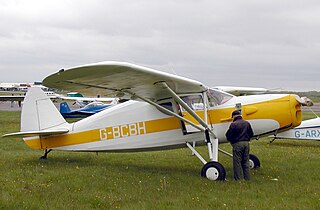
The Fairchild Model 24, also called the Fairchild Model 24 Argus and UC-61 Forwarder, is a four-seat, single-engine monoplane light transport aircraft designed by the Fairchild Aviation Corporation in the 1930s. It was adopted by the United States Army Air Corps as UC-61 and also by the Royal Air Force. The Model 24 was itself a development of previous Fairchild models and became a successful civil and military utility aircraft.

The Monocoupe 90 was a two-seat, light cabin airplane built by Donald A. Luscombe for Monocoupe Aircraft. The first Monocoupe was built in an abandoned church in Davenport, Iowa, and first flew on April 1, 1927. Various models were in production until the late 1940s.

The Ryan PT-22 Recruit, the main military version of the Ryan ST, is a military trainer aircraft that was used by the United States Army Air Corps during WWII for primary pilot training.

The Fleet Finch is a two-seat, tandem training biplane produced by Fleet Aircraft of Fort Erie, Ontario. There were a number of variants mainly based on engine variations. Over several years beginning in 1939, a total of 447 Finches were built, nearly all (431) of them for use as elementary trainers in the British Commonwealth Air Training Plan (BCATP) during the Second World War.

The Aeronca L-3 series of liaison aircraft was used by the United States Army Air Corps in World War II. The L-3 was adapted from Aeronca's pre-war Tandem Trainer and Chief models.

The Warner Scarab is an American seven-cylinder radial aircraft engine, that was manufactured by the Warner Aircraft Corporation of Detroit, Michigan in 1928 through to the early 1940s. In military service the engine was designated R-420.

The Culver Dart was a 1930s American two-seat light monoplane aircraft produced by the Dart Aircraft Company.

The Culver Cadet is an American two-seat light monoplane aircraft, also as a radio-controlled drone, produced by the Culver Aircraft Company.
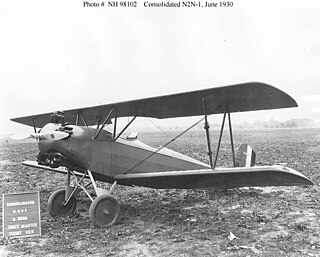
The Fleet Model 1 and its derivatives were a family of two-seat trainer and sports biplanes produced in the United States and Canada in the 1920s and 1930s. They all shared the same basic design and varied mainly in their powerplants.

The Travel Air 6000 was a six-seat utility aircraft manufactured in the United States in the late 1920s.
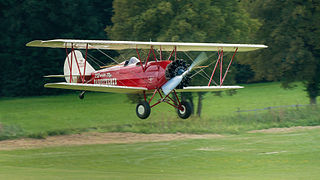
The Travel Air 2000/3000/4000 (originally, the Model A, Model B and Model BH were open-cockpit biplane aircraft produced in the United States in the late 1920s by the Travel Air Manufacturing Company. During the period from 1924–1929, Travel Air produced more aircraft than any other American manufacturer, including over 1,000 biplanes. While an exact number is almost impossible to ascertain due to the number of conversions and rebuilds, some estimates for Travel Air as a whole range from 1,200 to nearly 2,000 aircraft.
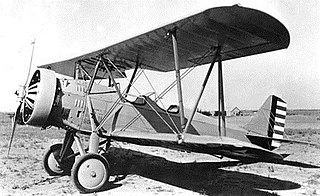
The Stearman Model 6 Cloudboy was a 1930s American training biplane designed and built by the Stearman Aircraft Company of Wichita, Kansas.
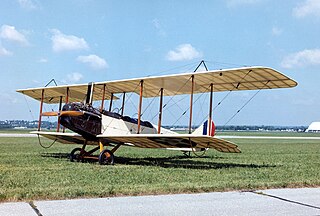
The Standard J is a two-seat basic trainer two-bay biplane produced in the United States from 1916 to 1918, powered by a four-cylinder inline Hall-Scott A-7a engine. It was constructed from wood with wire bracing and fabric covering. The J-1 was built as a stopgap to supplement the Curtiss JN-4 in production.

The Mohawk M1C was a 1920s American two or three-seat low-wing monoplane designed and built by Mohawk Aero Corporation of Minneapolis, Minnesota. One M1C was evaluated by the United States Army Air Corps in 1930 as the YPT-7 Pinto for use as a primary trainer.
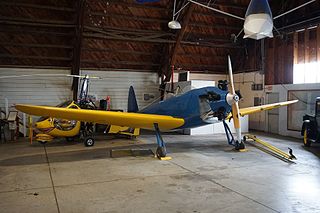
The Howard DGA-18 was an American two-seat basic training aircraft designed and built by the Howard Aircraft Corporation for the United States Civil Pilot Training Program.
The St. Louis C2 Cardinal family are a series of light sport monoplanes built by the St. Louis Aircraft Corporation during the peak of the Lindbergh Boom after the Spirit of St. Louis flight of 1927.
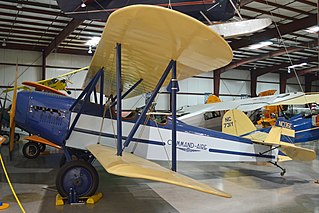
The Command-Aire 3C3 and similar 4C3 and 5C3 are American three-seat open cockpit utility, training and touring biplanes developed by Command-Aire in the late 1920s and early 1930s.





















